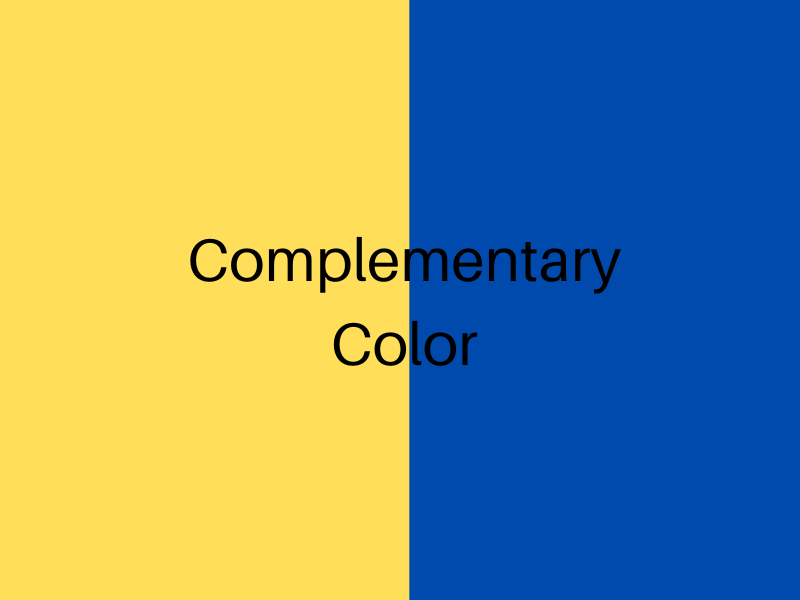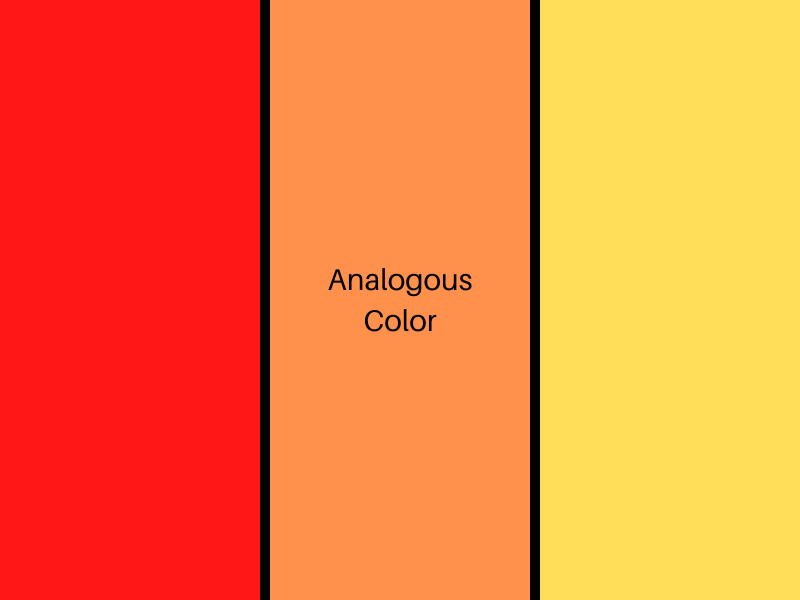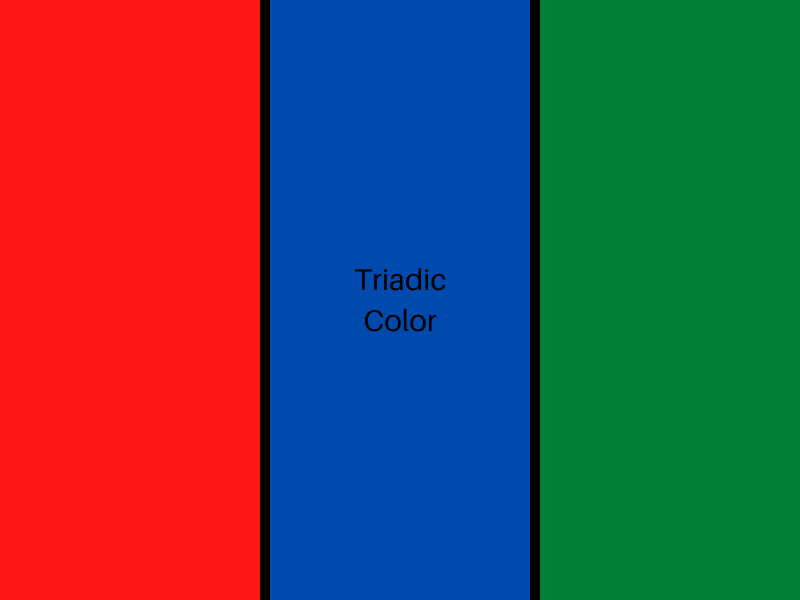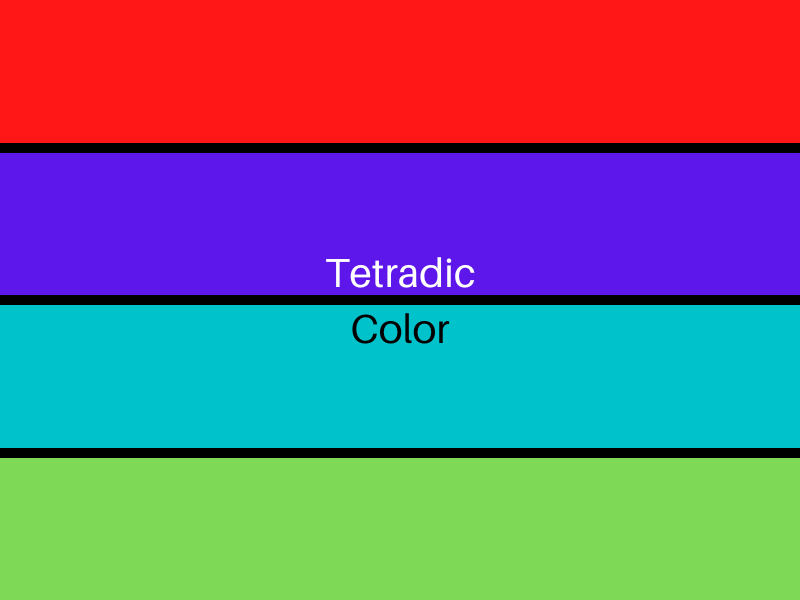| Home Page | Primary Color | Secondary Color | Tertiary Color | Color Wheel | Homework | Resources | Student Survey |
Color can be found everywhere we go. In food, plants nature, etc. Color basically shapes the world we live in. Color is a way for us to describe an object based on the way it reflects or emits light. Color has it's own vacabulary like many other disciplines.
Color theory is a practical combination of art and science that's used to determine color harmony. Color harmony is used by artists and designers to create a particular look or feel. The RYB or red, yellow, blue color wheel is typically used by artists, as it helps with combination of paint colors. There are different color combinations: Complementary, Monochromatic, Analogous, Triadic, and Tetradic.
Complementary colors are on the opposite sides of the color wheel. This combination makes a design appear brighter and more prominent.

Monochromatic colors are three shades, tones and tints of one base color. This color combination is easy to use for an harmonious look on a design.

Analogus colors are side by side on the color wheel. When using this combination, be sure to choose one dominant color, and the other color as an accents for balancing.

Triadic colors are three colors evenly spaced on the color wheel. This combination create bold, vibrant color palettes

Tetradic colors are four color evenly spaced on the color wheel. Be careful with this combination because the more colors you have on your palette, the more difficult it is to balance.

| Home Page | Primary Color | Secondary Color | Tertiary Color | Color Wheel | Homework | Resources | Student Survey |